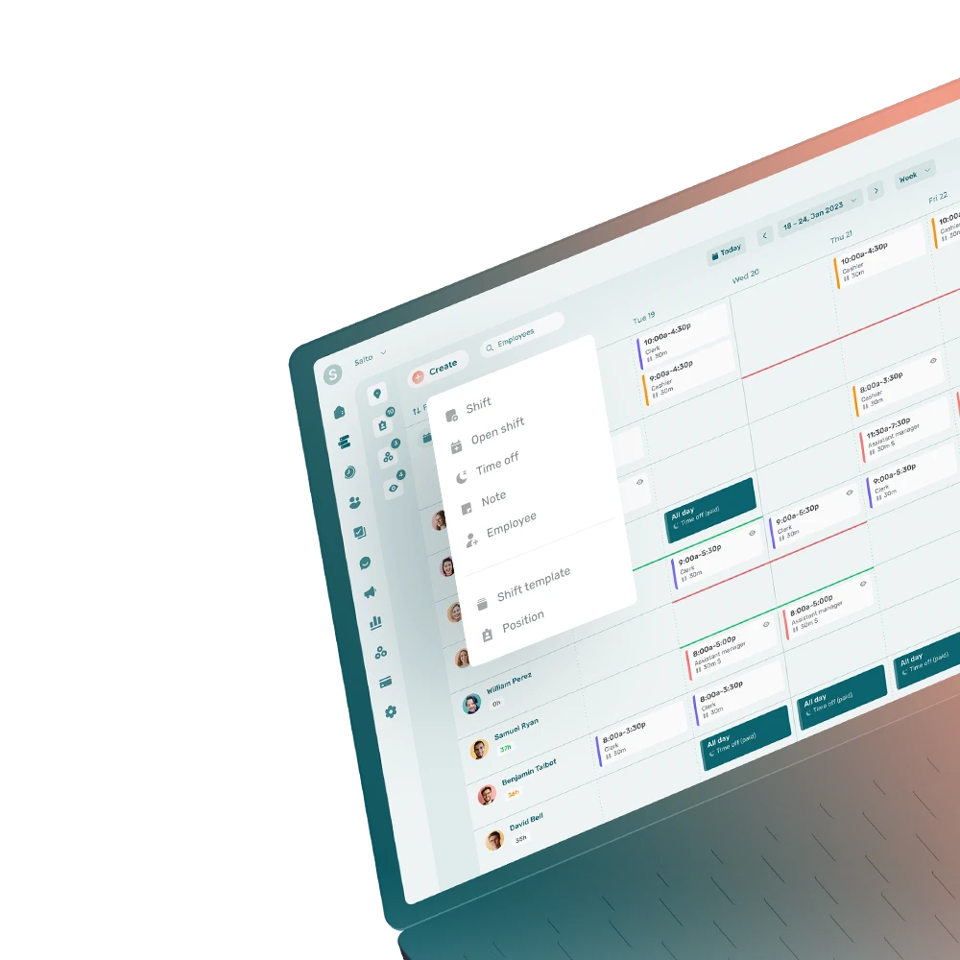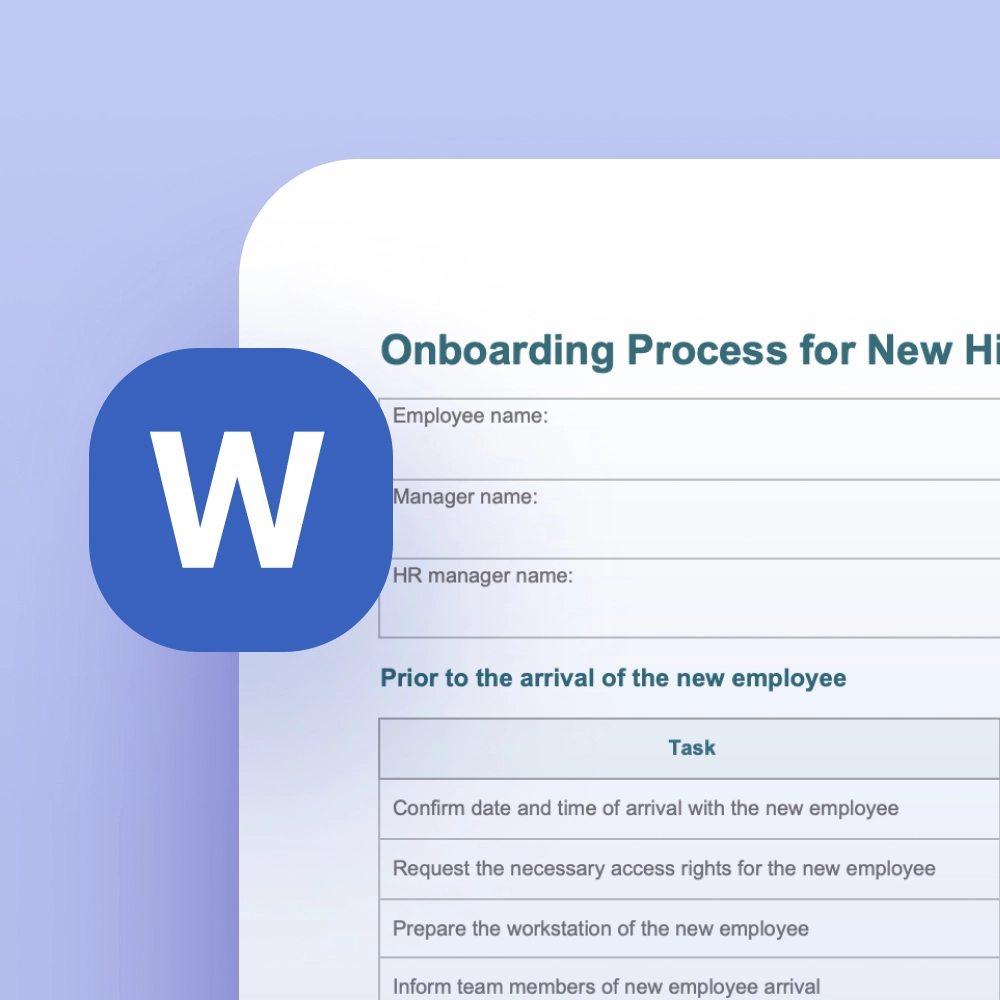Onboarding is used to describe the administrative process to be accomplished before, during, and after the arrival of a new employee at a company, to quickly help them get to grips with their working environment.
What Are the Onboarding Steps for a New Employee?
The onboarding process for a new employee usually includes the following steps:
- Preparation of a handbook for the employee
- The announcement of the arrival of the new employee
- Preparation of the workstation or tools
- Organization and planning of the first workday
- The appointment of a mentor
- Introduction of the new employee to the rest of the team
- Follow-up to ensure that the integration of the new employee is problem free
Some companies add a team meal on the first day or a gift for the new employee to their onboarding process.
How to Implement an Onboarding Process?
To implement an onboarding process in a company, one should first analyze their current practices.
They should also set objectives to establish which practices will be implemented.
Once the analysis is complete, they should implement a uniform onboarding process by including all the necessary information in a clear and concise document to be provided to each department manager.
What Are the Benefits of Having an Onboarding Process within a Company?
The benefits of putting in place an onboarding process within a company include the following:
- Quickly enhance employee loyalty
- Increase the productivity of new employees
- Consolidate corporate culture
- Reduce employee turnover
- Stand out from other companies
- Improve communication
What Can You Do to Make Onboarding Successful?
To successfully onboard new employees, companies can quickly organize team-building activities. For example, they can invite new hires to a team dinner so they can get to know their colleagues more quickly.
Companies can also customize the onboarding process to demonstrate their concern for their members of staff.
Onboarding is also the perfect opportunity to share the company’s values and corporate culture with new employees to promote engagement.







